
What are the Jitterbug , East Coast Swing, West Coast Swing, Lindy Hop Differences?
One of the most common questions that newcomers to swing dance ask is about jitterbug, East Coast swing, West Coast swing, Lindy Hop differences! We include some answers to this popular question about the various forms of swing dancing!
Swing dance originated in the 1920’s at the Savoy Ballroom in Harlem with swing era jazz music. The first swing dance was Lindy hop, which evolved into all the other swing dance genres. This includes East Coast swing, Jitterbug, West Coast swing, shag and numerous other types of swing dances. We will cover the major differences between the most common swing dances: Lindy hop, Jitterbug, East Coast swing (triple) and West Coast swing.
All of the swing dance genres have similar components or elements, read more about swing dance elements at “Swing Dance Elements 1.” There has been a continuous evolution of swing dancing starting in the 1920’s to the present! Many swing dances want to know the East Coast swing, West Coast swing, Lindy hop differences.
RTSF 2014 Lindy Hop World Showcase Routine
Lindy hop was coined by Shorty George after reading about Charles Lindbergh hopping the Atlantic. Frankie Manning, a member of Whitey’s Lindy Hoppers, was one of the early and probably the most famous Lindy hopper after he was brought out of retirement in the 1980’s. The Lindy hop’s popularity waned and evolved into other types of swing dances. Some of these included a six-count jitterbug and a triple step East Coast swing and the West Coast swing, in the forties, fifties and sixties. In England, swing evolved into Jive and Europeans had the Boogie Woogie.
Rock That Swing Festival’s Boogie Woogie Cup – Finals, 2014
Lindy hop uses predominantly eight-count patterns but mixes in some six-count patterns. The dancers start with a rock step on count one then use three additional units (two beat increments), triple-double-triple counted 1,2 – 3&4 – 5,6 – 7&8 for many of the most common patterns. The dancers pull back from the center giving a bent appearance to the dance posture and flex the knees throughout the dance using a pulsing action. Like the West Coast swing, the Lindy hop uses a slot generally and sometimes moves circular but generally ends facing either direction of a slot.
Joel & Jackie Plys Balboa & Lindy at Pattie Wells’ DanceTime, 2013
There was a resurgence of Lindy Hop starting in the late 1990’s and early two-thousands during the swing music revival. Frankie Manning came out of retirement and neo-swing music was popular like the Royal Crown Revue, Squirrel Nut Zippers and Cherry Poppin’ Daddies. During this period, many people new to dancing learned to swing dance and it remained very popular for over a decade. Lindy Hop is still danced though out the U.S. and across the globe. Many Lindy hop enthusiasts prefer vintage style music from the 1920’s to the 1940’s and wear Swing Era style clothing.
East Coast swing was developed in the 1940’s by dance studios for an easier, slower dance genre that was perfect for the Big Band music of the era. The East Coast swing is mostly a six-count swing dance with occasional eight count patterns thrown in for variety. The regional prefix was used to distinguish this form of swing from Western swing later called West Coast swing. The East Coast swing triple rhythm has been heavily codified in order to have a standard for the judging panels to use in Dance sport competitions.
The East Coast swing eliminates the slot and usually starts with a triple on counts one, two (1&2) followed by another triple (3&4) and ends in a rock step (5, 6). It is also taught starting with a rock step on counts 1,2 followed by two triple steps. Its circular motion makes it nice for dancing in a smaller area. It uses leverage and compression like West Coast swing. Many people growing up in the 1940’s, 50’s and 60’s danced East Coast swing in school and later at parties to the 1940’s big band, the 1950’s doo-wop and even blues, rockabilly and early soul music.
Swing dancing waned as Chubby Checker’s song “The Twist” and the dance called the twist became popular. Partner dancing changed to freestyle dancing or dancing apart from a partner. This trend lasted until the late seventies when disco and hustle dancing became popular.
East Coast swing is often associated with Elvis Presley music like Jailhouse Rock or songs like Rockin’ Robin, Rock Around the Clock and some dance venues encourage poodle skirts, saddle oxfords and guys in rolled up jeans. The triple rhythm East Coast swing is perfect for medium tempo music but most of the songs mentioned are fast and single rhythm East Coast swing works better for fast music. Single rhythm East Coast swing also goes by the name Jitterbug swing or just jitterbug. Check out this cool video on the different “Swing Rhythms.”
Jitterbug is a term term that used to refer to swing dancing and swing dancers in the 1930’s. In recent years, it has been used for a form of East Coast swing that is perfect for fast tempo music. T This form is sometimes called single rhythm East Coast swing. Single rhythm means that the dancer steps on count one (a weighted step) and holds or taps (unweighted step) on count two. Since there is only one weighted step for a unit of music (two beats), it is single rhythm. If the dancer holds on count one and steps on count two it is called delayed single rhythm. The jitterbug is composed of two single rhythm units followed by a rock step (breaking action). The rock step is a double rhythm unit (two weighted steps for two beats of music). Jitterbug can be used as a noun, a jitterbug is a person that swing dances. Or it can be used as a verb – to jitterbug. It is also sometimes used to refer to various swing dances generally, as in the phrase: “Let’s go jitterbugging.”
The jitterbug swing was popular during the same period of history, 1930’s through the 1960’s, as the other rhythms of East Coast swing. Most of the swing dance genres went dormant when the song and dance, The Twist, became popular in the early 1960’s. Dance studios across the United States kept swing dancing and music alive throughout the several decades that partner dancing diminished (1960’s through the mid-1970’s. Dance studios have always taught the jitterbug and the other forms of East Coast swing dancing as well. The Jitterbug dance historically has always had pockets of popularity in various parts of the country.
Pattie Wells created a large pocket of jitterbug dancers (single rhythm East Coast swing) when she started teaching jitterbug classes in 1983 in San Diego, California. In 1984, Pattie and a dance student, Ron Seale and a few dedicated jitterbuggers, started the Jitterbug Club San Diego, which has being going strong ever since. Literally, thousands of dancers have been introduced to swing dancing through the efforts of Pattie and Pattie Wells’ Dancetime‘s teachers, hosts, deejays and staff. Here’s a fun Jitterbug video from the Sunday night Jitterbug Swing Dance Club!
West Coast swing is a term that refers to the dance that evolved from Lindy Hop on the West Coast in California and continues to thrive today. San Diego has a thriving West Coast Swing dance community. It is considered a living dance because it continues to evolve with contemporary music. The West Coast swing is perfect for medium tempo music (100-130 BPM’s) including blues, R&B, soul, pop, rock, hip-hop and ballads.
Asia West Coast Swing Open – Champions Jack & Jill 2014
The West Coast swing started as a smooth form of Lindy hop in the late 1950’s and early sixties. Dancers wanted a more upright posture and a mixture of six and eight beat patterns. It is danced in a slot like the Lindy hop and has a great deal of variation. The dancer is encouraged to respond to the music, referred to as “musicality.”
The West Coast swing is fairly unique among partner dances because it is not as heavily insistent on one person leading all the time. Rather it feels more like two people creating a composition together. The Lead (person leading) suggests a direction and starts the movement in that direction while the Follow (person doing the following), generally, goes in the suggested direction. The follow, however, has input in their body movement, footwork and even the shape of the path that they choose. Occasionally, the Follow will delay or stretch a movement communicating this wish to the Lead through the connection between partners.
The West Coast swing allows the dancers more freedom of expression in the style of movement. It is more spontaneous than almost any other dance. The Argentine tango is another dance that allows great a great deal of flexibility. It also relies heavily on a non-verbal communication between partners.
Here’s a video with Brandon Detty and partner, Yvonne Dodson, dancing West Coast swing at the U.S. Open Swing Championships in 2011.
Brandon Detty & Yvonne Dodson, U.S. Open Swing Championships, 2011
There are many forms of swing dancing besides the ones covered in this article. For additional information on the other swing dance styles – click here!


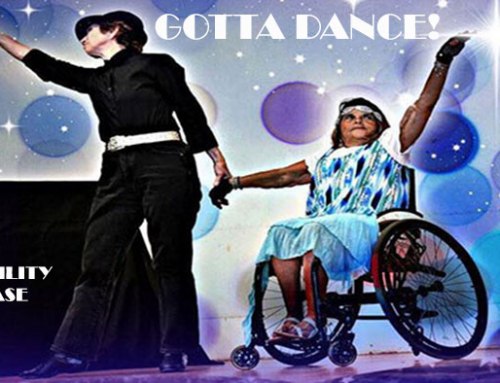
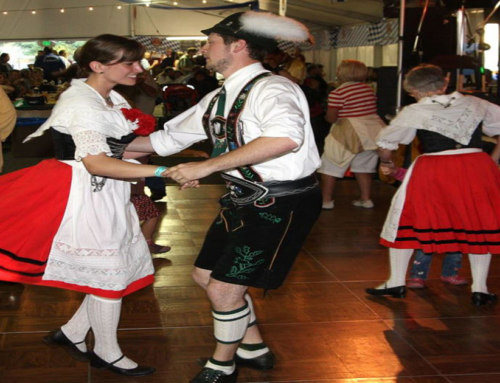
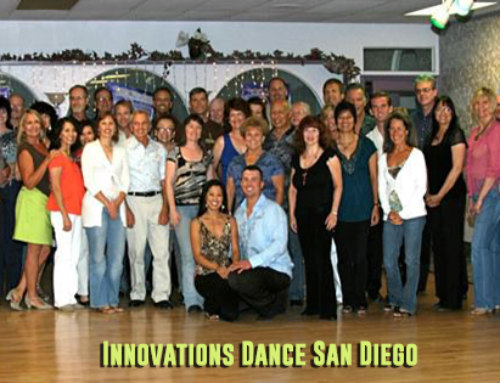
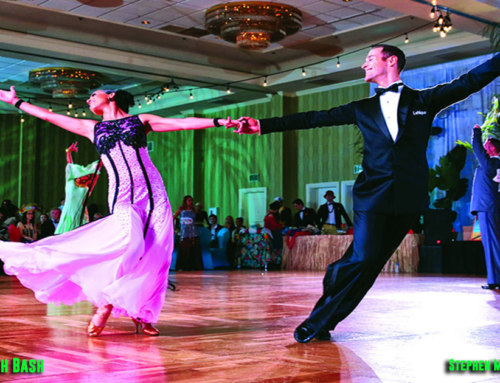
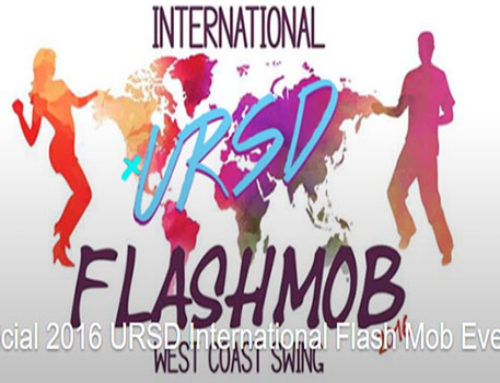
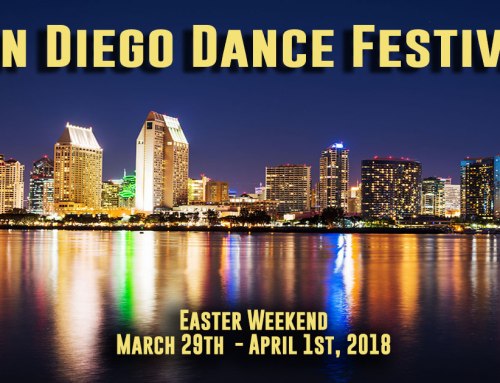
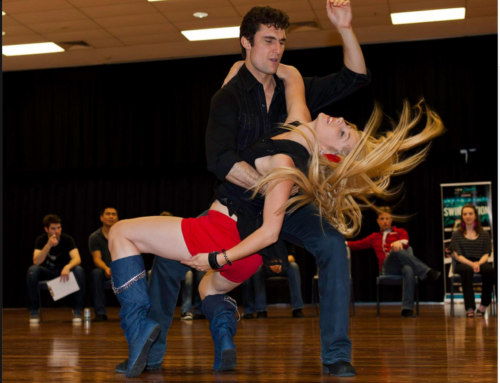
Leave A Comment
You must be logged in to post a comment.